
Altes Land is a region situated southwest of Hamburg in Lower Saxony, Germany. It is known for its extensive fruit orchards, particularly apples, and is one of the largest continuous fruit-growing regions in Northern Europe. The area is close to the Elbe River and is a popular Hiking destination for tourists, especially during the fruit blossom season in spring.


The name "Altes Land" itself is derived from the Dutch word "Olland," meaning "old land," which refers to reclaimed marshland. The region was initially settled in the 12th century by settlers from the Netherlands who began cultivating the land for agriculture, taking advantage of its fertile soil and proximity to the Elbe River for transportation and irrigation.
Over the centuries, the cultivation of fruit trees, particularly apples, became a hallmark of the Altes Land region. It grew into one of the largest fruit-producing areas in Europe, known not only for its apples but also for cherries, plums, and pears. Today, Altes Land is both a historic agricultural area and a tourist destination, attracting visitors especially during the spring blossom season when the orchards are in full bloom.

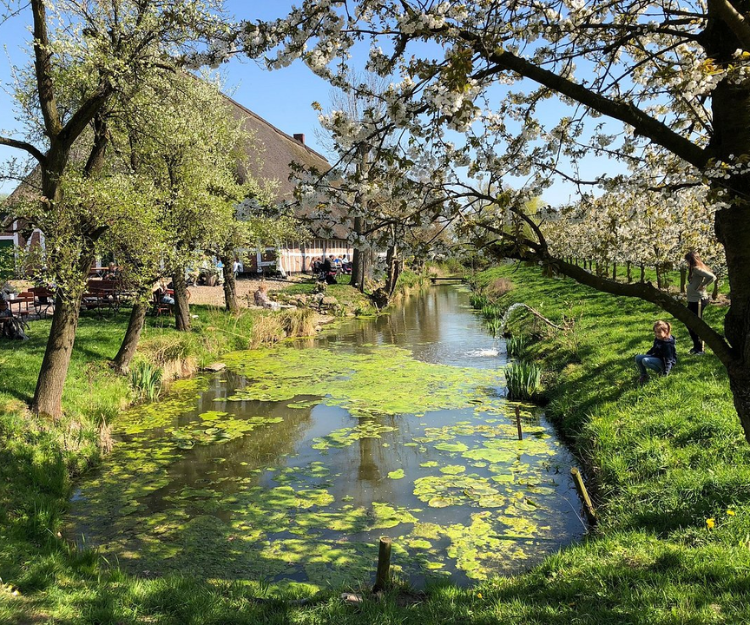
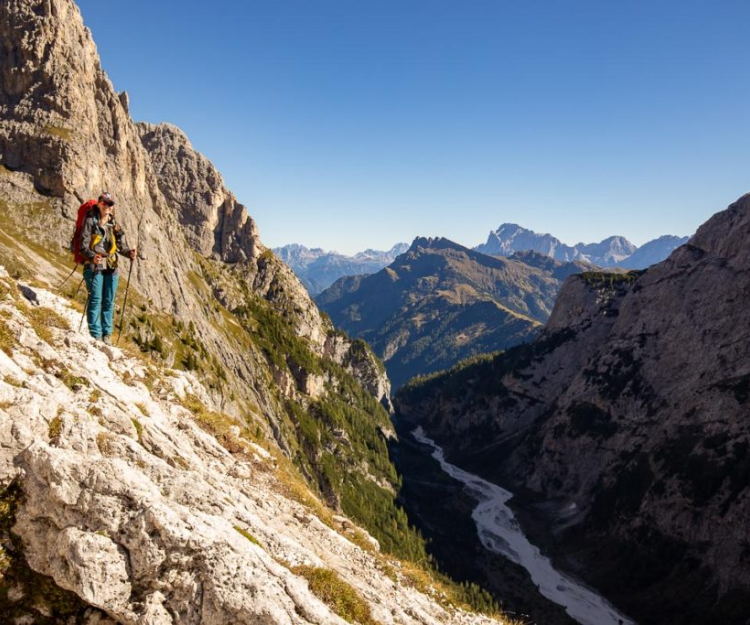

The Altes Land region in Germany was not "invented" by a single person. Instead, it developed over centuries through the efforts of settlers and farmers who reclaimed and cultivated the land.
The region began to take shape in the Middle Ages when settlers, primarily from the Netherlands, started draining and reclaiming marshy areas along the Elbe River. They transformed these lands into fertile agricultural areas suitable for growing crops and fruit trees. The name "Altes Land" itself reflects this history, deriving from the Dutch word "Olland," meaning "old land," referring to reclaimed land.
Therefore, the development of Altes Land was a gradual process driven by generations of settlers, farmers, and agricultural practices rather than being attributed to a single inventor or creator.




The name "Altes Land" translates from German to "Old Land." It is called so because the region was settled and cultivated many centuries ago, making it one of the oldest reclaimed land areas along the Lower Elbe River in Northern Germany.
The origins of the name are rooted in the Dutch word "Olland," which means "old land" or "land that has been reclaimed from the sea or marshes." This term was used by Dutch settlers who began to drain and cultivate the marshy areas along the Elbe River starting in the 12th century. Over time, these efforts transformed the landscape into fertile agricultural land suitable for growing fruits, particularly apples, which Altes Land is famous for today.
So, "Altes Land" refers to the historical process of reclaiming and cultivating land from marshes and reflects the longstanding agricultural tradition in the region.




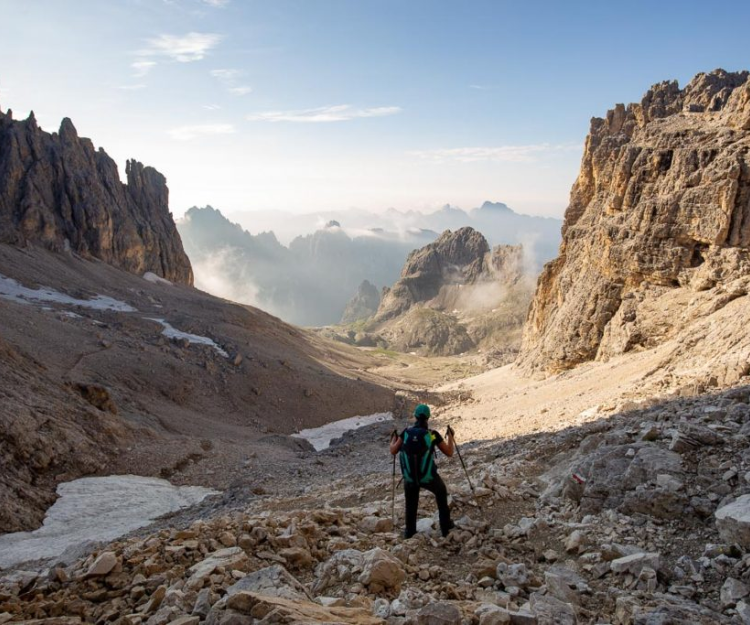

Altes Land is attractive to hiking lovers for several reasons:
1. **Scenic Routes**: The region offers picturesque hiking trails that wind through orchards, along dykes, and beside the Elbe River. These trails provide stunning views, especially during the apple blossom season in spring and the harvest season in autumn.
2. **Variety of Terrain**: Hikers can explore a variety of terrain, from flat paths through orchards to elevated dyke trails that offer panoramic views of the river and surrounding countryside.
3. **Cultural and Historical Sites**: The area is rich in history and culture, with charming villages, historic farmhouses, and old churches along the hiking routes. This adds an element of cultural exploration to the hiking experience.
4. **Fruit Tasting**: During the apple harvest season, hikers can often sample fresh apples and other fruits directly from the orchards, providing a unique and delicious experience.
5. **Accessibility**: Altes Land is conveniently located near Hamburg, making it easily accessible for day trips or longer hiking adventures. There are also organized tours and maps available for hikers to explore the region safely and comfortably.
Altes Land offers a blend of natural beauty, cultural heritage, and culinary delights that make it a wonderful destination for hiking enthusiasts looking to immerse themselves in both nature and local traditions.
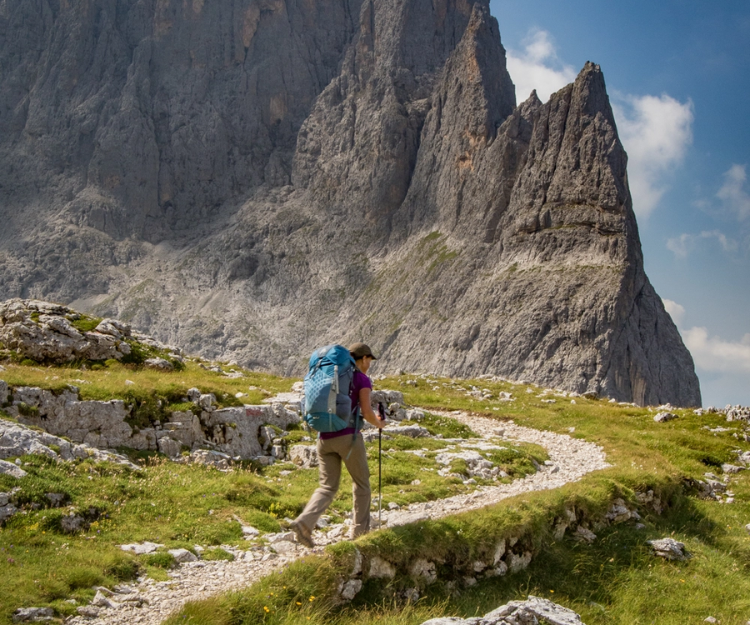


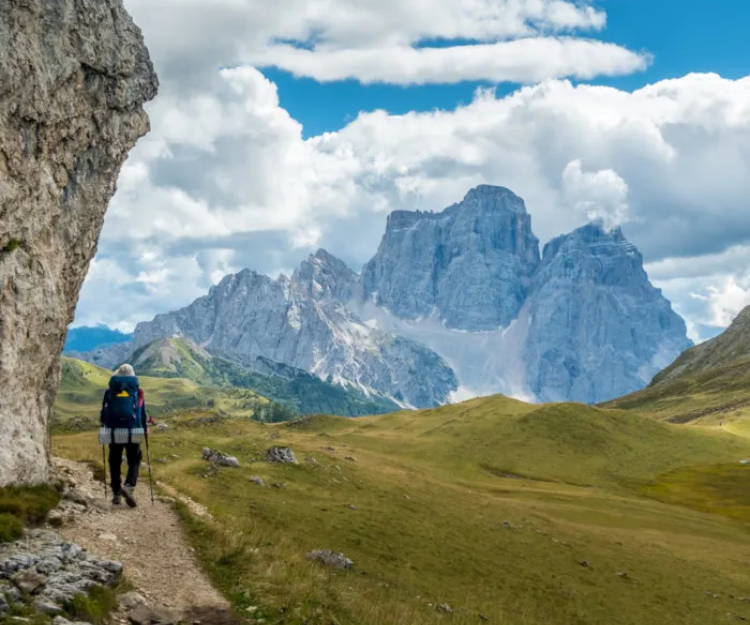

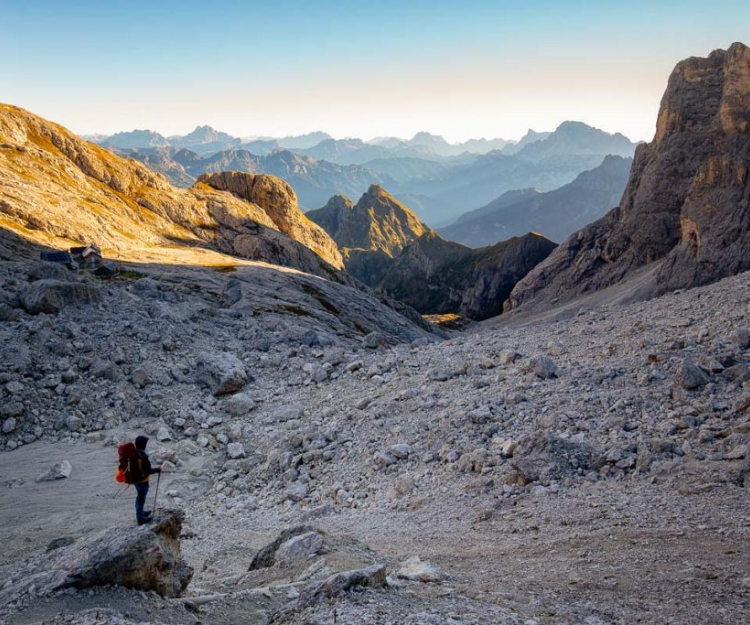

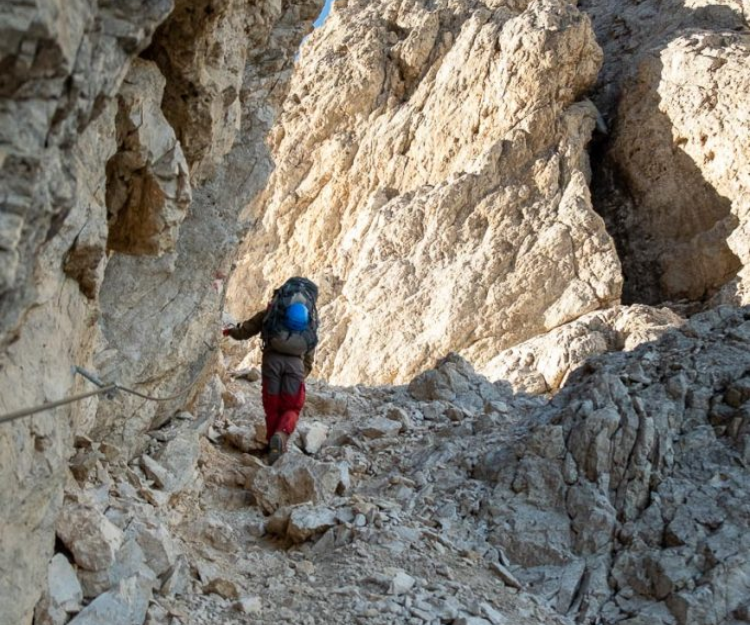
Altes Land can be enjoyed for hiking throughout the year, each season offering its own unique charm and experiences:
1. **Spring (March to May)**:
- **Apple Blossom Season**: Spring is especially beautiful in Altes Land due to the apple blossom season, typically from late April to early May. Hiking during this time allows you to witness the orchards in full bloom, creating a stunning floral landscape.
- **Moderate Weather**: The weather in spring is usually mild and pleasant, making it ideal for longer hikes.
2. **Summer (June to August)**:
- **Longer Days**: Summer offers longer daylight hours, allowing for extended hiking trips.
- **Fruit Harvest**: Towards the end of summer, you can witness the fruit harvest in the orchards, with apples, cherries, and other fruits being picked.
3. **Autumn (September to November)**:
- **Fruit Harvest and Autumn Colors**: Early autumn continues with the fruit harvest, and you can also enjoy the changing colors of the leaves in the orchards and surrounding countryside.
- **Mild Temperatures**: Autumn in Altes Land tends to be mild, making it comfortable for hiking.
4. **Winter (December to February)**:
- **Quiet and Serene**: While less popular for hiking, winter can still be enjoyable for those seeking solitude and peaceful walks along snowy paths or quiet trails.
- **Seasonal Festivities**: Winter brings its own charm with seasonal festivities in nearby villages and towns.
Overall, Altes Land offers hiking opportunities year-round, with each season bringing its own highlights and experiences. Whether you prefer the blossoming orchards of spring, the lush greenery of summer, the colorful landscapes of autumn, or the serene beauty of winter, there's something to enjoy for hikers in every season in Altes Land.